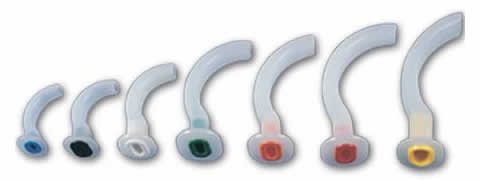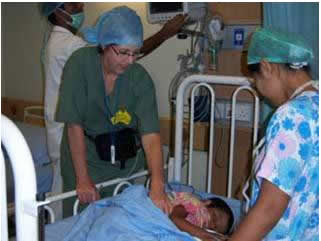After entry into recovery and following handover, the recovery nurse should look after the patient on a one to one basis until the patient has recovered consciousness, has full airway control and cardiovascular stability.
Question: Which patients are most at risk?
Click here for the answer.

After entry into recovery and following handover, the recovery nurse should look after the patient on a one to one basis until the patient has recovered consciousness, has full airway control and cardiovascular stability.
Question: Which patients are most at risk?
Answer: Infants and children are at particular risk due, in part, to their increased metabolic rate and reduced oxygen reserves, which lead to early desaturation in the event of airway obstruction. Anaesthetists should ensure handover to a trained paediatric recovery nurse.
Click here to see: Causes of upper airway obstruction in the post- operative period.

After entry into recovery and following handover, the recovery nurse should look after the patient on a one to one basis until the patient has recovered consciousness, has full airway control and cardiovascular stability.
Question: Which patients are most at risk?
Answer: Infants and children are at particular risk due, in part, to their increased metabolic rate and reduced oxygen reserves, which lead to early desaturation in the event of airway obstruction. Anaesthetists should ensure handover to a trained paediatric recovery nurse.
Causes of upper airway obstruction in the post- operative period are:
Oropharyngeal obstruction
- Common: decreased muscle tone, secretions, sleep apnoea
- Rare: foreign body (e.g. throat pack), oedema, wound haematoma, neuromuscular disease
Laryngeal obstruction
- Common: laryngospasm, secretions
- Rare: oedema, bilateral recurrent laryngeal nerve palsy, tracheal collapse